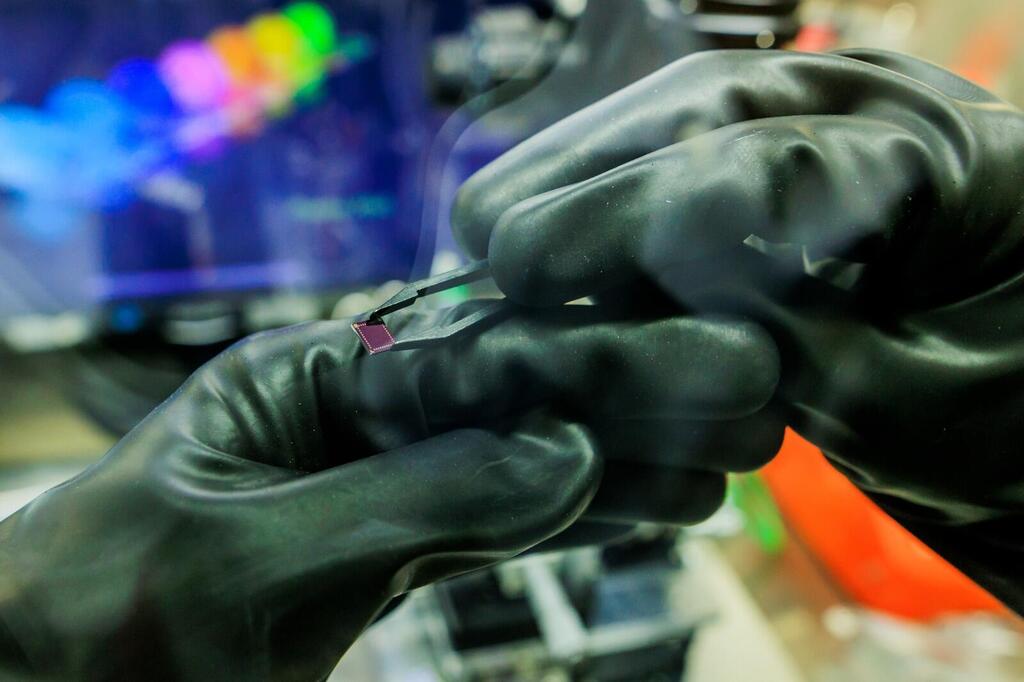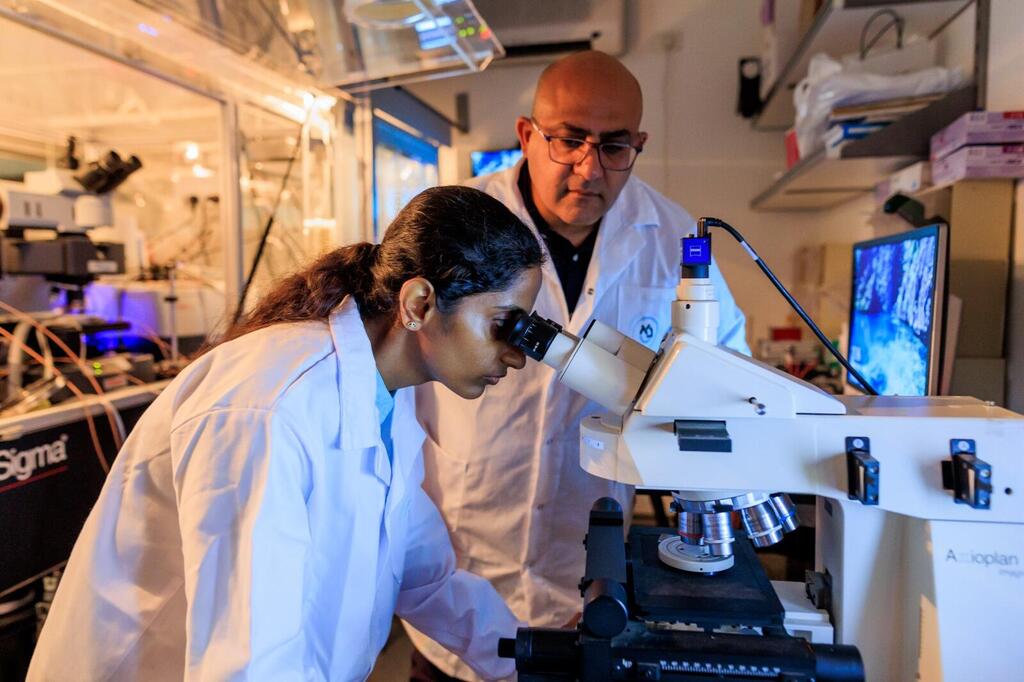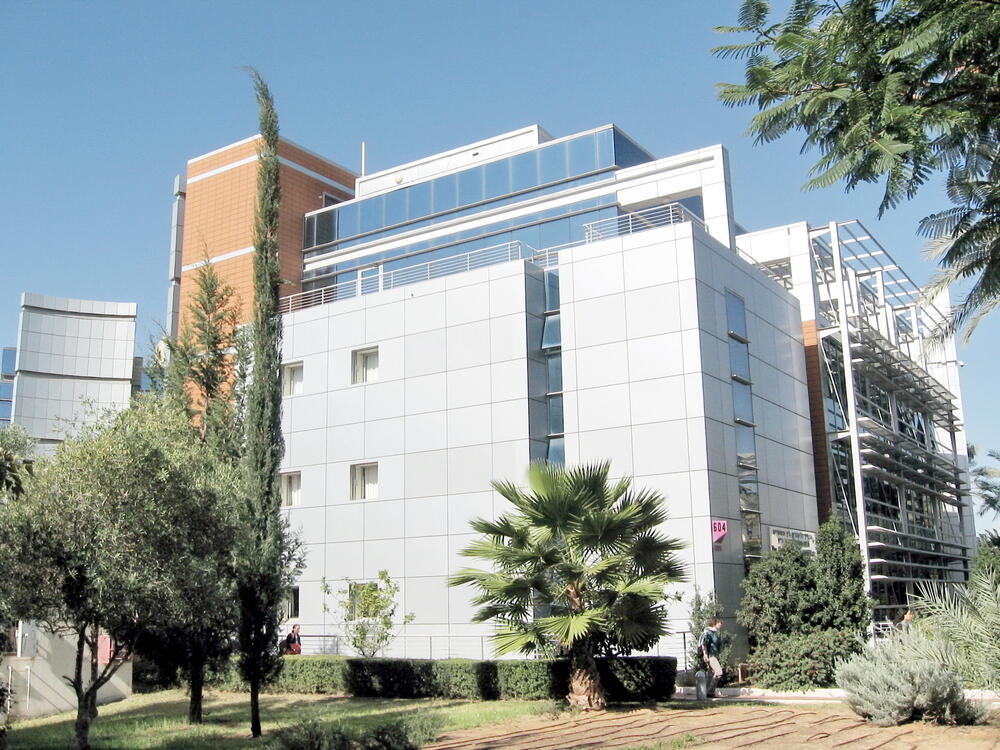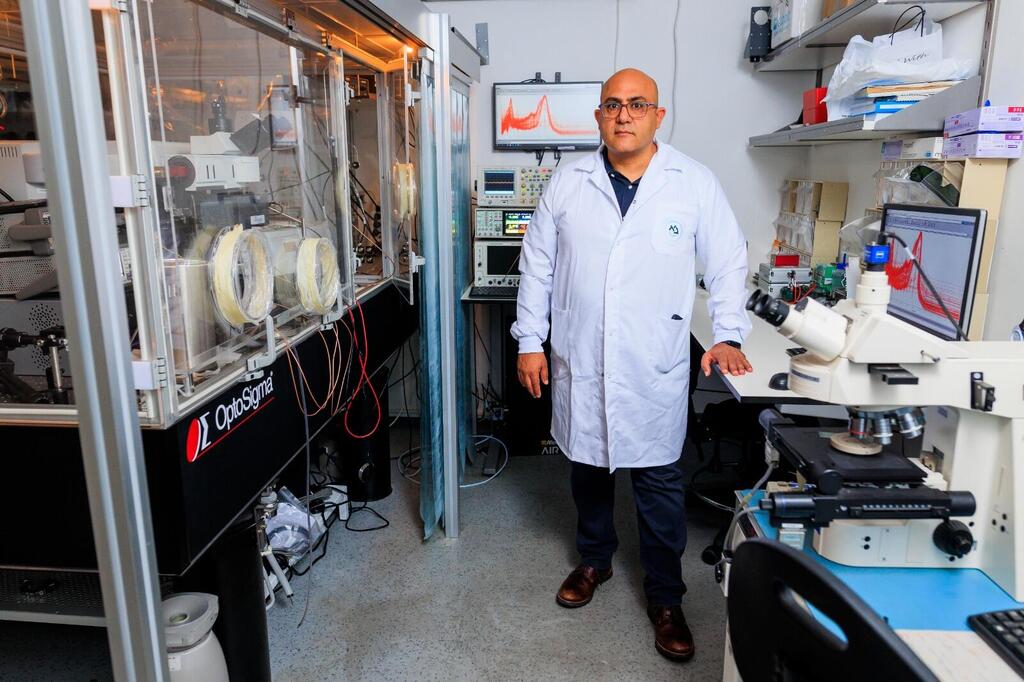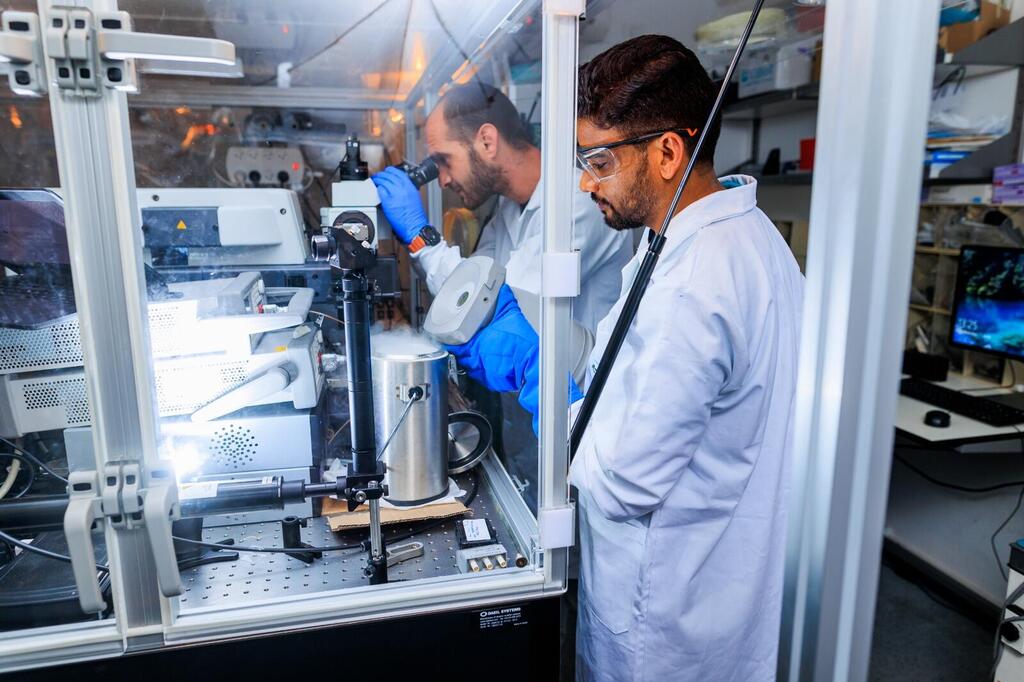Prof. Doron Naveh from the Faculty of Engineering at Bar-Ilan University, and his team, have developed a small device that aims to replace large and complex optical sensing devices that can be used to measure blood sugar levels on smartphones. According to the university, the device is now at the proof-of-concept stage.
More stories:
Naveh and his colleague, Prof. Fengnian Xia from Yale University, hope to attract investors to the project in order to further develop the device, which is based on artificial intelligence and adaptive sensing technology, into a product for the general public. An article about the device's development was published in the Science journal.
Optical sensing devices play a crucial role in modern life. However, these devices, which characterize the properties of light, tend to be large, and expensive and are mainly used in specialized laboratories for testing purposes (such as medical tests performed in hospitals).
A New study conducted at the Faculty of Engineering at Bar-Ilan University, in collaboration with researchers from the United States and Austria, proposes a compact alternative based on artificial intelligence.
What are optical sensing devices? These devices provide information about the properties of materials by transmitting or reflecting light through them and are used for medical and research purposes. However, in the near future, they could become part of our everyday lives.
Researchers explain that because the new device is the size of a few microns, it could be integrated into smartphones. Additionally, we will be able to examine the spectrum of anything we want and share the information on social media platforms. Prof. Naveh refers to this as "the spectrum of things."
So, what can be achieved using this Israeli development? According to Bar-Ilan University, this technology can be used to measure the properties of food products, such as sodium levels, color, and to some extent, their chemical composition.
It can determine what our drink contains, the fat content in milk, or the quality of water, whether the olive oil, honey, or lemon juice we're considering buying has had various ingredients added to it, and more.
In addition, researchers say that in the future, we'll be able to carry tiny spectrometers in mobile devices and perform various tests ourselves, such as measuring concentrations of antioxidants, alcohol, or blood sugar levels.
The science behind optical sensors
The measured characteristics of light include the spectrum, intensity, and polarization (the direction in which light waves oscillate in space). Spectrum measurement is usually done through dispersion, a process where light is passed through a prism or a diffraction grating that causes different wavelengths of light to advance in different directions in space.
After dispersion, the light reaches a camera where different pixels measure the light's intensity in different colors. The distance between the point of dispersion, where the grating is located, and the camera that measures the spectrum determines the separation strength (resolution).
To obtain a more accurate spectrum measurement, a larger device is needed, and indeed, modern measuring devices can be more than 2 meters long.
Researchers explained that measuring light's polarity is more complex and generally involves spatial separation of light beams into several beams that advance in different directions. Each beam carries with it the light's polarity along a specific axis in space.
The detectors then analyze the different axes of linear polarization. Additionally, the system measures phase differences, meaning light wave's momentary state, in various polarities. Measurements of this type are crucial as they provide rich information about the interaction of light with matter and can elucidate various scattering processes.
In the new development, the optical device used in traditional sensors is replaced by an adaptive sensor, algorithm, and mathematical operations that enable the sensing of light properties. This allows for the replacement of complex equipment such as spectrometers with a tiny component only a few microns in size, without the need for mirrors, lenses, prisms, and cameras – which are all replaced by algorithms and data.
How does it work?
A number of elements are required to implement the principles of the alternative sensing method researchers call Deep Geometric Optical Sensing:
Adaptive sensor: A sensor that can change its response to light by applying electrical voltages, currents, magnetic fields, temperature, mechanical pressure, or any other factor that can be controlled during sensor operation.
Data: Data is obtained through the sensor's measurement training, where typically objective test cases are used (reliable sources of data like the American Standards Institute). During measurement training, the adaptive sensor is operated on its measurement spectrum. For example, measurements of responses to light in spectral ranges, temperatures, electrical voltages, and various pressures are taken. In this way, a four-dimensional data space is created.
Data representation: The arrangement of data is defined so that there is a reasonable algebraic relationship between the multi-dimensional array representing the sensor's response to light, the vector representing the desired variables, and the result of the measurement we want to perform to obtain the variable.
Model: This part can be divided into two – some issues arise from the fact that part of physics itself isn't well-understood, and on the other hand, there are issues in which the device adheres to known physical laws, but several unknown parameters exist.
The amount of data and algorithms required for the analytical case (when a general model is known) is low compared to the amount required in cases relying solely on empirical data (in cases where there's no physical model).
Given these issues, the measurement itself is attributed to an encoding process in which measurement results are obtained in the form of an array of numbers representing electric current or voltage.
The interpretation of these measurement results and their translation into spectral information is done via an interpretational process that utilizes an algorithm simulating neural network activity, which is fed with controlled data during training. Then, a query is presented, in which the network itself performs the missing calculations required to reach the desired outcome.
Prof. Neveh explained that sensing of this kind can include not only the physical characteristics of light but also perform computations in an array of detectors – similar to a camera that's trained to search for objects and complete the missing details using hardware and algorithms that create a neural network in the camera's pixel array.
In such a case, a sub-array of pixels, defined as a single neuron is trained to search for specific shapes in an image, and provides feedback based on a sum of the signal measured in each of the elements in that neuron.
The feedback represents the match of a specific shape in the image to a known object based on various classifications (for example, handwritten numbers or letters). In this way, the camera system identifies important objects during the process of taking a photo.
"In the future, these sensors will be a part of many systems, whose purpose is to learn the properties of a substance through the reflection or passage of light, especially in the mobile," Prof. Naveh explained.
"We'll be able to measure and analyze the spectral signature of anything we'd want, including ourselves if we'd need to measure glucose, alcohol, or oxygen concentration in our blood via our mobile devices," he added.
First published: 14:50, 10.03.23


